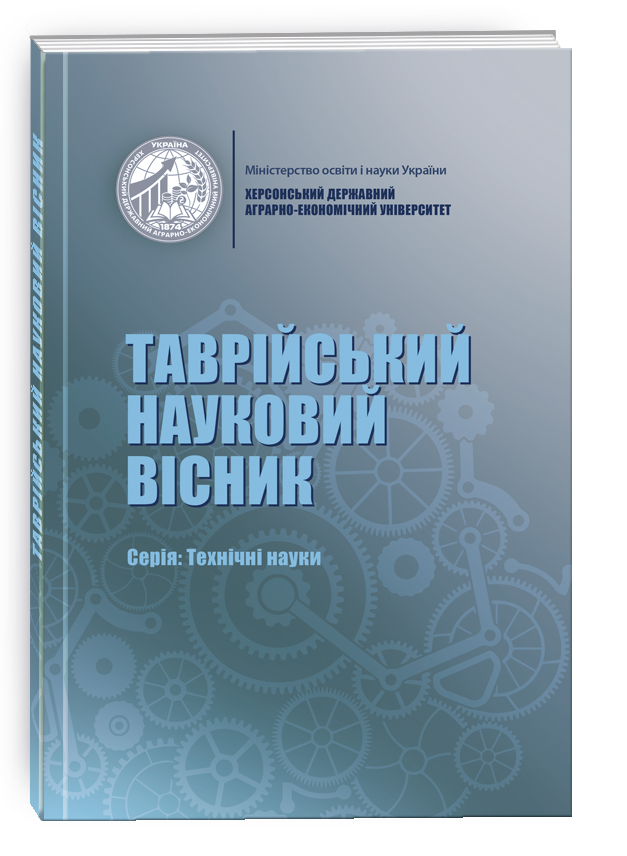EFFICIENCY OF WORK OF WATER DISTRIBUTION FACILITIES CITY OF KROPYVNYTSKY
DOI:
https://doi.org/10.32782/tnv-tech.2023.5.19Keywords:
wastewater, biogenic elements, physical and chemical parameters, sewage treatment plants, efficiency of functioning.Abstract
The key problem in providing the population with high-quality drinking water and improving existing wastewater treatment facilities in the settlements of Ukraine remains the improvement of the degree of purification of wastewater from polluting elements, in particular nitrogen and phosphorus, which cause the process of eutrophication of water bodies. In order to determine the effectiveness of the functioning of sewage treatment plants (STP) in the city of Kropyvnytskyi after their reconstruction for deep cleaning of biogenic substances, a study was conducted on the effect of treated wastewater on the physicochemical characteristics of the Ingul River. The research was conducted from January to August by taking two samples of water from the river – upstream and downstream from the point where the discharge pipeline of treated wastewater from the city’s sewage treatment plant exits. The results of the research showed that the absolute majority of the studied water parameters from the Ingul River do not exceed the limit of permissible discharges (LPDs). In contrast to previous years, the indicators of purification for biogenic substances are within these limits even in the warm period of the year. Exceeding the maximum allowable concentrations (MPC) of sulfates and chlorides is explained by the natural background of the Ingul River, which is confirmed by long-term observations. In order to determine the real efficiency of wastewater treatment at the (STP) after its reconstruction, a chemical analysis of water samples at the entrance to the treatment facilities and at the exit from the bioponds was carried out. It was determined that the exceedance of LPDs norms was observed in the summer month only for phosphates by 6%, but in general their amount and ammonium nitrogen at the exit from bioponds decreased by 13% and 28%, respectively, which had a positive effect on these indicators in the river. The research results proved the expediency and effectiveness of the reconstruction of the Kropyvnytskyi wastewater treatment plant for deep purification of biogenic substances.
References
Доліна Л.Ф., Машихіна П.Б., Козачина В.А. Реконструкція систем водопостачання та водовідведення: Монографія: Дніпро: Журфонд, 2021. 220 с. https://crust.ust.edu.ua/server/api/core/bitstreams/275c3765-e50f-4e89-8511-e58947e72f63/content
Water Reality in Ukraine and Worldwide / L. Dolina, P. Mashykhina, A. Karpo, A. Mishchenko // Наука та прогрес транспорту. 2017. № 5 (71). С. 7–18. http://nbuv.gov.ua/UJRN/vdnuzt_2017_5_3
Qishlaqi A., Kordian S., Parsaie A. Hydrochemical evaluation of river water quality – a case study. Applied Water Science, 2017. No. 7. P. 2337–2342. DOI: 10.1007/s13201-016-0409-0.






